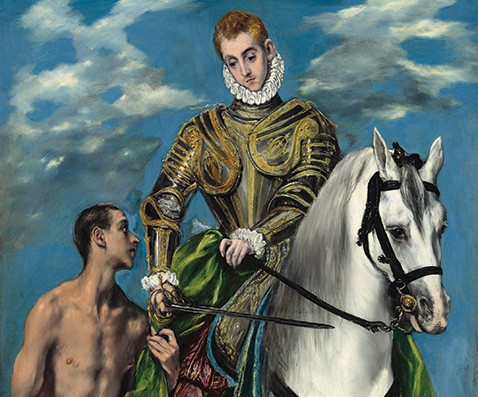Our President, Michael D., has been giving a discourse on the evils of the British Empire, its violence, brutality, and class oppression (and a British newspaper, The Guardian, has chosen to publish his thoughts). He is right in much of what he says: imperialism was violent and brutal. He is also correct in saying that “attitudes to the Irish [within British Imperialism] were never, and never could be, about a people who were equal”. Equality never featured much in any form of imperialism.
Disservice
However, we would be doing a disservice to history, and to truth, if we didn’t weigh the good with the bad: or consider our own part in British imperialist ventures. Imperialism – British, Roman, French, Spanish, Ottoman – often brings positive developments as well as conquest and oppression. Railways, schools, hospitals also followed empires.
European rule often brought more emancipation for women: the banning of suttee (involuntary burning on the funeral pyre for widows) in India, of foot-binding in China, of honour-killings in what is now Pakistan. And, facilitated by the British empire, convent schools for girls were launched in the Indian sub-continent and Africa. Irish nuns in China saved female babies from infanticide, enabled in their work by British officials.
Missionaries
Irish missionaries, founding schools and hospitals, were facilitated by the British – and indeed, the French – empire. In parts of Africa, Irish missions were a point of contact between the British and the French – since the mission orders were often of French origin (like the Saint Esprit – the Holy Ghost fathers) but were operating, before 1921, under British aegis.
From Edel Quinn to Mary Martin – founder of the Medical Missionaries of Mary – from Bishop Shanahan of Nigeria to Mother Kevin of Uganda, Irish Catholic endeavours worked in co-operation with, and with help from, the British imperial authorities. Yes, sometimes it suited the British to have altruistic people start up schools, hospitals and missions. But nevertheless, it is a fact of history that Irish energies were part of that outreach to colonialist parts. And as we can see, from the African priests who now come back to Ireland to serve, the outcome was often fruitful: we should see the blessings as well as the negatives of history.
Meditating on St Martin
My second Lenten saint in art is St Martin of Tours, one of the most frequently painted of saints throughout the Renaissance period, when perspective was developing. He was pictured by Simone Martini in 1315-16, by Bartolomeo Vivarini in 1491, by El Greco in 1597-99, and by Eustache le Sueur in 1654, among others. Martin is often portrayed helping ‘the poor man’ or the beggar, as he famously halved his cloak with a mendicant. El Greco portrays him in knightly armour but the French painter, Le Sueur, pictures Martin at Mass, where the priest sees a globe of fire over his head.
Martin was born in Pannonia (in Hungary today), in 315 AD, the son of a Roman official: he converted to Christianity, and experienced a conflict of conscience between his soldierly role and his Christianity. Eventually he founded a monastery in France and became bishop of Tours.
However, I think that many Irish Martins are called after Martin de Porres, the 17th Century mixed-race Dominican who has inspired more than 200 popular holy pictures. He has latterly been adopted as the saint of inter-racial harmony.
***
Reading the News’ is a theme portrayed by several Irish painters during the Victorian era: it usually shows a single reader relating the daily news and political reports to a group, some of whom mighn’t be able to read. ‘Reading the Nation’ in 1850 by Henry McManus, hangs in the National Gallery of Ireland, and there were several other Irish pictures with a similar narrative theme, notably the Cork Crawford Gallery’s poignant ‘Letter from America’, with a child reading a missive aloud.
The new Tom Hanks movie News of the World called to mind those images, when newspapers brought the outside world to remoter communities and a single reader sometimes read them aloud. Hanks plays a veteran Confederate officer – and former preacher – who earns a nomadic living by entertaining rural communities with newspaper readings. And yet, the film is not really about the ‘news of the world’: it’s really about adoption, and the way in which attachment can grow through experiences of adversity.
By chance, the captain has to take charge of a feral child, who has lost two families and speaks no English. He doesn’t relish the duty thrust upon him but the attachment grows on him, as it does on the young girl, and on us, as we follow their journey through the Texan landscape. Hanks, like James Stewart before him, has come to symbolise the ‘decent American’, and the way in which love, and goodness, survive the darkness. A genuinely heart-warming film.


 Mary Kenny
Mary Kenny Saint Martin and the
Beggar by El Greco
Saint Martin and the
Beggar by El Greco 